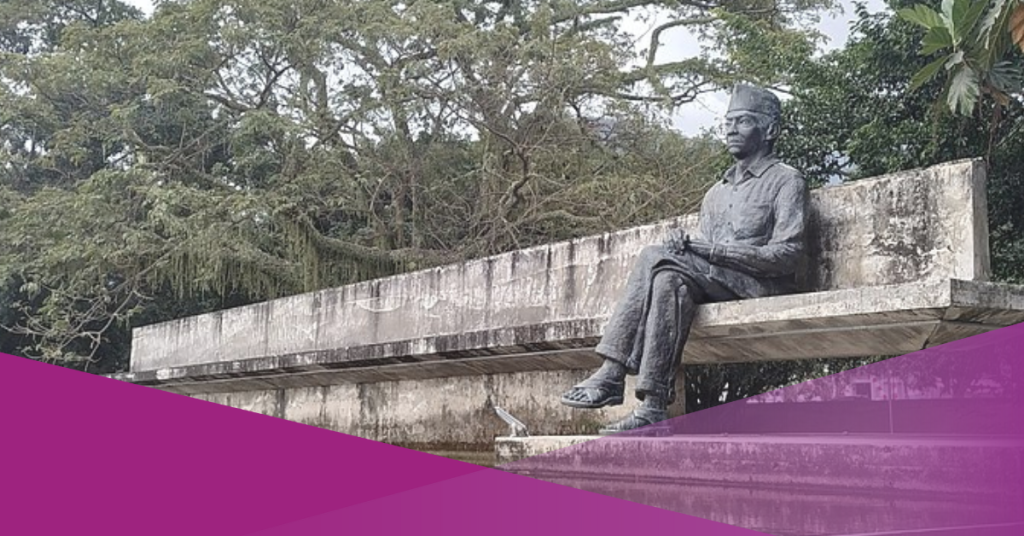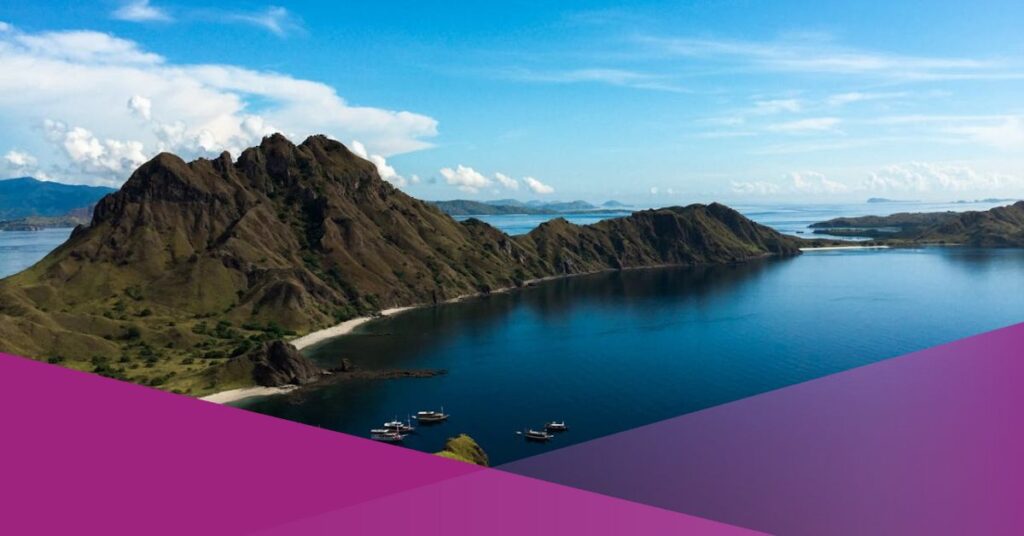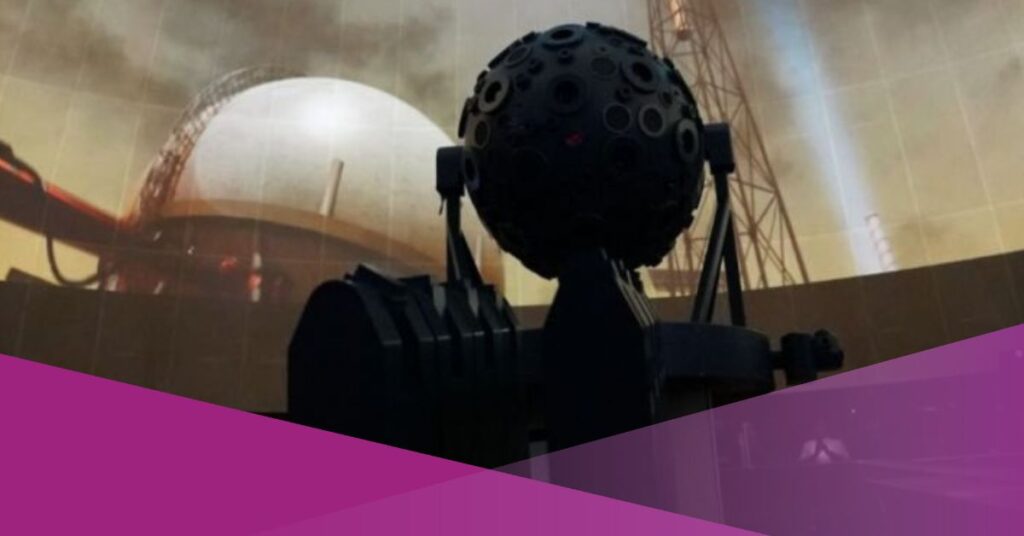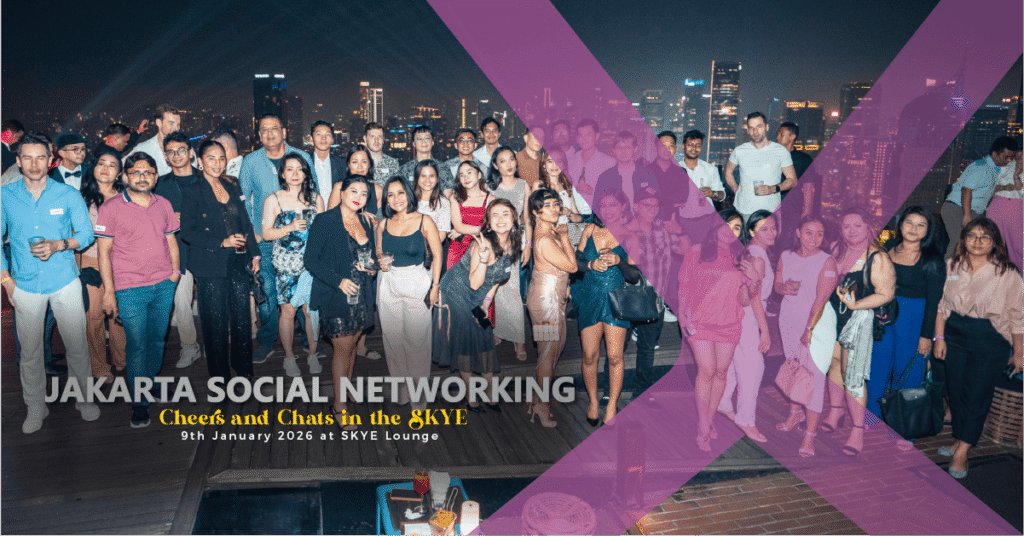If you journey through Indonesia, you’ll see a lot of different architecture that was left behind from the Dutch colonialization era. Not only that, you can see historical sites like Candi Borobudur and Candi Prambanan that dates back to the 9th century. There are stories and historical significance of these places in Indonesia, make sure to check out these amazing places during your visit!
Lawang Sewu, Semarang
One of the icons of the city is Lawang Sewu, which means “One Thousand Doors.” This building dates back to 1904 for its construction and was established in 1907. Before becoming a tourist spot, Lawang Sewu acts as the Nederlands-Indische Spoorweg Maatschappij or NIS Administrative Headquarters. Other than being an administrative office, the building is also used to hold prisoners in the basement.
Despite the name “One Thousand Doors,” Lawang Sewu only have 429 doors. However, there are large windows that can act as doors which accumulated into the name. Lawang Sewu is located on Jalan Pemuda, Semarang, facing Tugu Muda.
Operating hours: 7 AM – 9 PM
Address: Jl. Pemuda, Sekayu, Central Semarang District, Semarang
Entrance fee: Rp 5,000 to Rp 10,000
Jam Gadang, Bukittinggi
A major landmark of the city of Bukittinggi, it’s a clock tower and acts as a tourist attraction too. This clocktower was made around 1926-1927 under the initiative of Hendrick Roelof Rookmaaker, the controleur Fort de Kock or secretary of Bukittinggi then. It was a gift from the Dutch Queen Wilhemina for the secretary. The person in charge of the construction was Yazid Rajo Mangkuto Sutan Gigi Ameh, an indigenous Minangkabau architect.
The roof of the clock tower has been remodelled three times, initially with a round roof with a statue of a rooster facing east to wake the people of Kurai, Banuhampu, until Sarik Sungai Puar when a rooster crowed. It was later remodelled during the Japanese colonialization to a pagoda before eventually remodelling into what we see today after Indonesia’s independence.
Operating hours: 24 hours
Address: Benteng Pasar Atas, Guguk Panjang, Bukittinggi
Entrance fee: free

Maimun Palace, Medan
Maimun Palace is a royal house for the Sultanate of Deli and was built in 1888. This place was built by an Italian architect named Theo Van Erp, who draws inspiration from traditional Malay, Middle East, and European architectural concepts. This palace is known for its strikingly bright yellow roof and interiors.
The name of the palace comes from the Arabic word which means “blessing.” It is also the last surviving Melayu palace after the 1946 social revolution raid that destroyed the rest of it. Here, you can view a collection of keris and traditional Malay costumes too.
Operating hours: 8 AM – 5 PM
Address: Jl. Brigjend Katamso No.66, A U R, Medan Maimun District, Medan
Entrance fee: Rp 3,000 – Rp 5,000
Fort Rotterdam, Makassar
A relic from the Dutch colonial period, Fort Rotterdam used to be a defensive fort located in Makassar. A fort was initially built during the Gowa Kingdom before it was used by the local sultan to counter Dutch encroachment around 1634. However, it was handed over to the Dutch under the Treaty of Bongaya.
The Dutch used the fort as a regional military and government headquarters until the 1930s, before it was restored in the 1970s to become a cultural and tourism spot. Fort Rotterdam is located in front of the port of Makassar, which you can probably spot immediately due to its vintage architecture.
Operating hours: 9 AM – 6 PM
Address: Jl. Ujung Pandang, Bulo Gading, Ujung Pandang District, Makassar
Entrance fee: Rp 3,000 – Rp 5,000

Baiturrahman Grand Mosque, Aceh
Located in the centre of Banda Aceh, it is the symbol of the culture, religion, spirit, strength, struggle, and nationalism of the people. It’s a landmark of Banda Aceh and survived the devastating 2004 Indian Ocean tsunami. It was founded by Sultan Iskandar Muda, who was once a major influence on Islamic culture and religion in Aceh.
The mosque once caught fire during the attack of the Dutch East Indies during the First Aceh Expedition in 1873. However, the Dutch rebuild the mosque in 1879 as a gift to soothe the anger of the Acehnese. It used to only have one dome and minaret but more of it was constructed resulting in two more domes and minarets.
Operating hours: 24 hours
Address: Jl. Moh. Jam No.1, Kp. Baru, Baiturrahman District, Banda Aceh
Entrance fee: free
Ende Regency, Flores
While Ende is also known for its beautiful natural attractions, like “The Three Colours Lake”, Lake Kelimutu, it’s a place that holds significance in history for Indonesia. It’s also the place where the first president, Soekarno, and his family were exiled by the Dutch for 4 years. The house is located in Perwira Street, north Ende.
There’s also a historical park, Taman Renungan Bung Karno or also known as Taman Renungan Pancasila, in which Soekarno often visits to sit, read and ponder upon the nation’s future. It’s in this place that he came up with Pancasila, the philosophical foundation for Indonesia. Other than historical sites, you can visit traditional villages like the Saga Traditional Village and Wologai Traditional Village.
Bung Karno’s Exiled House
Operating hours: 8 AM – 5 PM
Address: Jl. Perwira, Kotaraja, North Ende, Ende Regency
Entrance fee: Rp. 3,000
Gedung Sate, Bandung
Despite the name of Gedung Sate, the House of Satay, it is not a historical site where satay is found. It was named as such because of the ornament on the roof looking like a satay. Before it was known as Gedung Sate, it is the Department of Government Industries for the Dutch East Indies when they moved the centre of government from Batavia (Jakarta).
The building was built by a Dutch architect named J. Gerber and was completed in 1920. The building itself was designed by incorporating Indonesian cultures such as the Hindu-Buddhist, Asian and European elements. Now, it has become the office of the Governor of West Java since 1980.
Operating hours: 9:30 AM – 4 PM
Address: Jl. Diponegoro No. 22, Citarum, Bandung Wetan District, Bandung
Entrance fee: Rp. 5,000
These historical sites can make you feel like you’ve travelled back in time to witness what Indonesia used to be. Other than the historical sites above, you have to check out Kota Tua too, we have written articles regarding the place if you were to visit it! For more guides about Indonesia, feel free to check us out here!


































